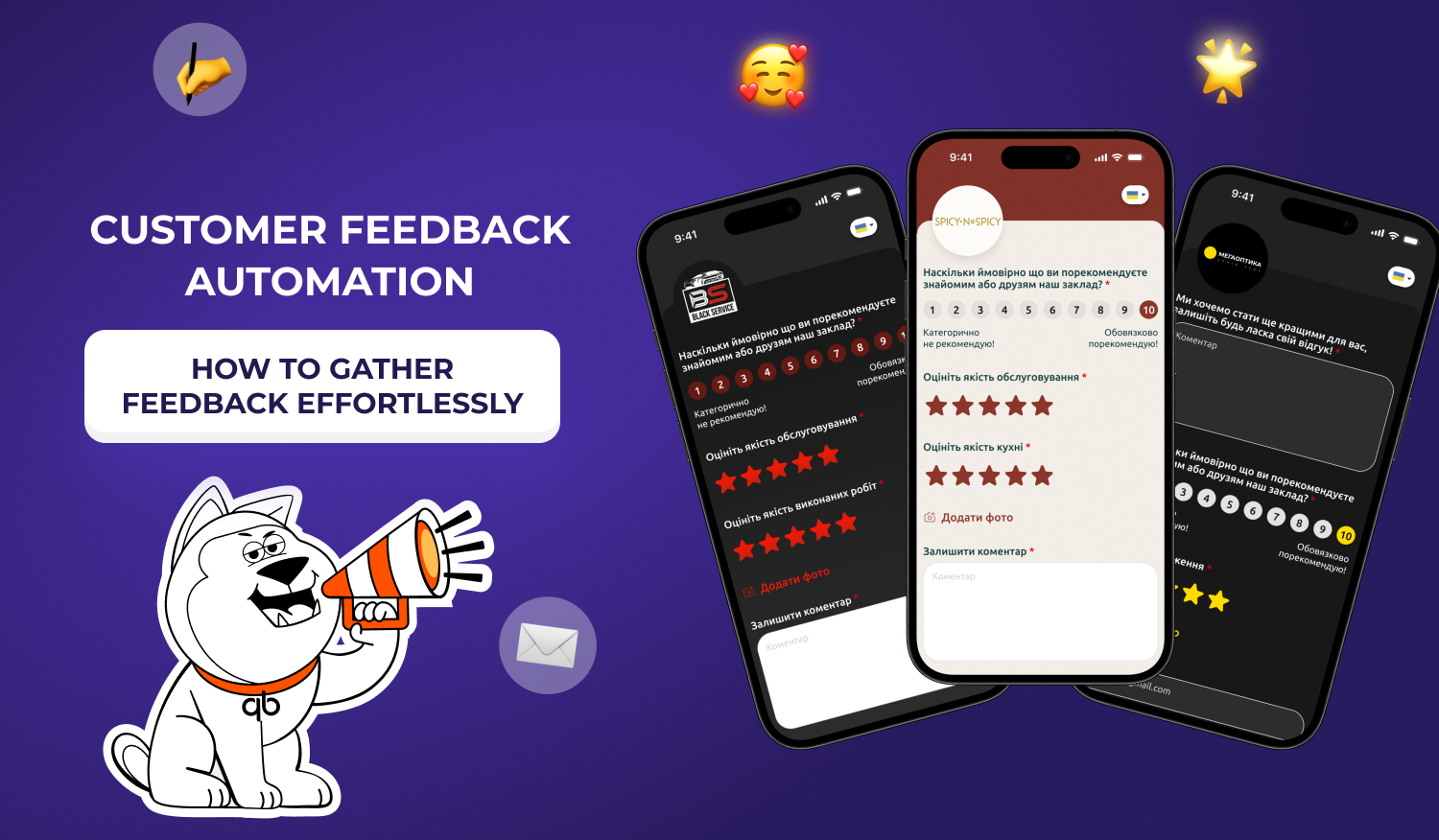In 2025, customer reviews are a critical component of success for restaurants, stores, services, and other businesses. They influence customer trust, search engine rankings, and app store SEO. However, manually collecting reviews is time-consuming and resource-intensive. Automating reviews with ready-made modules streamlines this process, saves time, and enhances user experience. This article explores how to automate customer reviews, which tools to use for feedback collection, and how to optimize your website for organic traffic.
Why Customer Reviews Matter
Customer reviews shape a business’s reputation. Studies show 92% of consumers read reviews before purchasing, and Google, App Store, and Google Play factor them into rankings. Automating reviews offers:
- Build trust: Positive reviews attract new customers.
- Improve SEO: Reviews boost rankings in Google, App Store, and Google Play.
- Save time: Ready-made modules automate feedback collection and processing.
- Data insights: Collected reviews help improve products and services.
Let’s dive into how automating reviews with ready-made modules can simplify this process for small businesses, restaurants, stores, and services.
1. Benefits of Automating Reviews
Automating reviews enables businesses to efficiently collect, process, and utilize customer feedback without manual effort.
Key Benefits
- Time savings: Automated systems send review requests post-purchase or service.
- Increased review volume: Customers are more likely to leave feedback if the process is simple.
- Personalization: Ready-made modules allow customized messages aligned with your brand.
- Analytics: Tools automatically analyze reviews to identify trends.
SEO Tip: Include keywords like "collect reviews", "automate feedback", or "business reviews" in website and app descriptions.
2. Ready-Made Modules for Review Collection
Ready-made modules are software solutions that integrate with websites, apps, or CRM systems to automate feedback collection. They’re ideal for restaurants, stores, and services.
Popular Tools
- Trustpilot: A platform for collecting and publishing reviews with SEO support.
- Yotpo: A tool for eCommerce, integrating with Shopify and WooCommerce.
- Zendesk: A module for automating support and feedback collection.
- Google Customer Reviews: A free tool for integrating reviews into Google My Business.
How They Work
- Automated requests: Send emails or push notifications after purchases.
- Integration: Connect modules to your site via APIs or plugins.
- Moderation: Filter inappropriate reviews to maintain reputation.
- Analytics: Use built-in reports to analyze customer sentiment.
3. Integration with Websites and Apps
Automating reviews is effective only with seamless integration into your delivery website, mobile app, or CRM system.
How to Implement?
- CMS integration: Add modules to WordPress, Shopify, or WooCommerce via plugins.
- Mobile apps: Use SDKs from Trustpilot or Yotpo for iOS and Android.
- Push notifications: Set up automated reminders via Firebase or OneSignal.
- Localization: Support multiple languages for a global audience.
4. Analytics and Review Processing
Ready-made modules not only collect reviews but also provide tools to analyze them, helping improve business processes.
Analytics Benefits
- Identify issues: Analyze negative reviews to enhance services.
- Personalized offers: Use data to target customers effectively.
- SEO improvement: Publish reviews on your site to boost Google rankings.
Tools
- Sentiment Analysis: Use AI to assess review sentiments (available in Yotpo or Zendesk).
- Google Analytics: Track user behavior after leaving reviews.
- Mixpanel: Analyze interactions with review forms.
5. SEO and Marketing Potential of Reviews
Customer reviews are a powerful tool for SEO optimization and attracting organic traffic.
How to Use Reviews for SEO?
- Publish reviews: Add reviews to product or service pages with keywords like "best restaurant New York" or "store reviews".
- Schema markup: Use Schema.org to display ratings in Google search results.
- Content marketing: Create articles based on reviews, e.g., “What Customers Say About Our Delivery”.
Tools
- Yoast SEO or Rank Math for WordPress to optimize review pages.
- Google My Business: Publish reviews for local search.
- Ahrefs: Analyze keywords for reviews.
Trends for Review Automation in 2025
- Artificial intelligence: AI for automated sentiment analysis and responses.
- Voice reviews: 38% of users leave feedback via voice commands.
- AR integration: Display reviews in augmented reality for interactive experiences.
- Security: Protect customer data with biometric authentication.
Tips for Automating Reviews
- Choose a platform: Use Trustpilot, Yotpo, or Zendesk based on your needs.
- Simplify the process: Add review buttons to your mobile app or website.
- SEO optimization: Use keywords like "collect reviews" or "automate feedback".
- Test UX: Ensure review forms are user-friendly across devices.
- Analyze data: Use Google Analytics to track performance.
Automating customer reviews with ready-made modules enables restaurants, stores, and services to efficiently collect and process feedback, enhancing user experience and SEO. In 2025, tools like Trustpilot, Yotpo, and Zendesk simplify this process, saving time and resources. Invest in review automation to boost customer trust, attract organic traffic, and strengthen your business’s reputation.
Take a step closer to the future today by ordering a mobile app for HoReCa from QB Tools. It’s the perfect solution for your restaurant, casual café, sushi bar, or pizzeria to organize food delivery and implement a loyalty system for guests. Visit https://qbtools.com.ua to order your app.

 Blog
Blog

 Career
Career
 Instagram QB Tools
Instagram QB Tools
 Log in
Log in


 Support chat
Support chat






